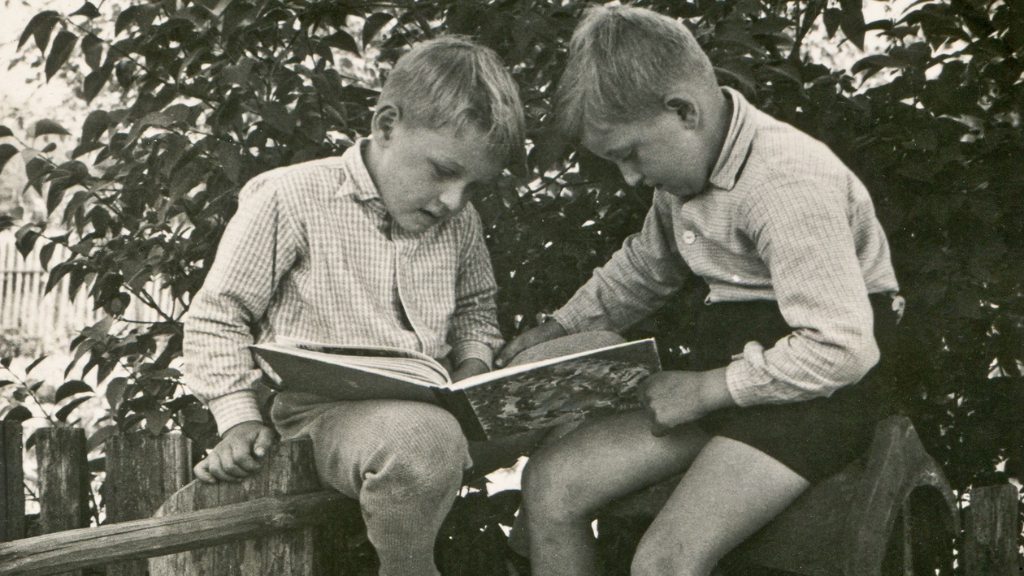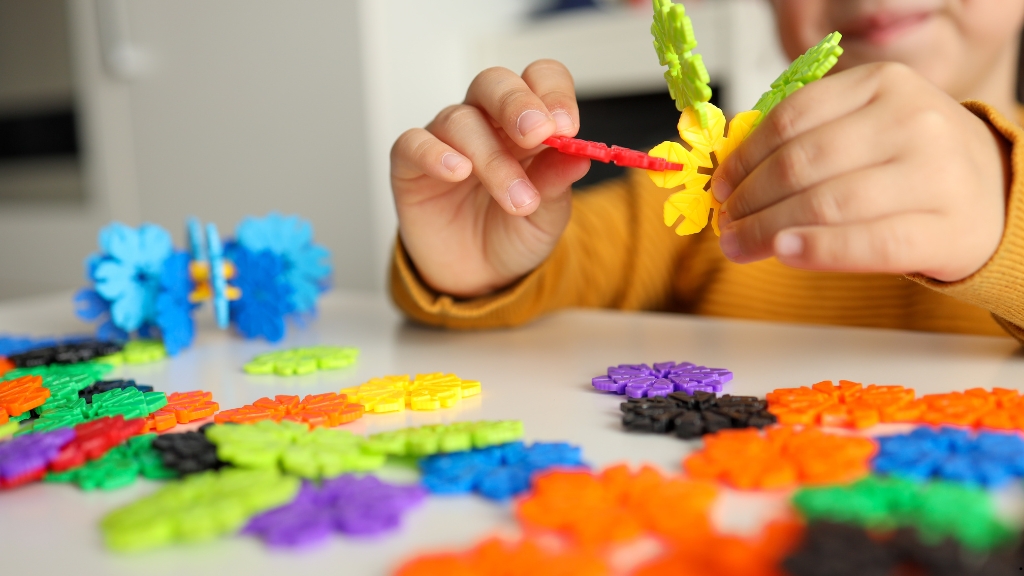Discover Fun 3D Crafts for Kids: Creative Projects to Spark Joy at Home

There’s something magical about watching kids dive into the world of 3D crafts. These projects not only unleash their creativity but also keep them engaged for hours. I’ve found that crafting together can turn a regular day into an adventure filled with laughter and learning.
From colorful paper sculptures to imaginative clay figures, 3D crafts offer endless possibilities. They encourage kids to explore their artistic side while developing fine motor skills and problem-solving abilities. Join me as I share some of my favorite creative projects that will spark joy at home and inspire your little ones to create masterpieces of their own.
Overview of 3D Crafts for Kids
3D crafts for kids provide opportunities for creative expression and hands-on learning. Engaging in these projects encourages experimentation with various materials such as paper, cardboard, and clay. Children can explore techniques like sculpting, assembling, and molding, helping them understand spatial relationships and enhancing their artistic skills.
Projects like building mini-models or crafting dynamic sculptures stimulate imagination and promote critical thinking. Kids learn to visualize their ideas in three dimensions and translate them into tangible forms. Additionally, these activities foster collaboration when done in groups, allowing youngsters to share ideas and techniques.
Enhancing fine motor skills is another benefit of 3D crafts. Manipulating materials and tools improves dexterity and hand-eye coordination. As kids work on intricate details, they gain confidence in their abilities, leading to a greater sense of accomplishment.
With numerous 3D craft ideas available, parents and caregivers can easily find projects suitable for different age groups. From simple paper structures for younger children to more complex clay figures for older kids, the possibilities are endless. Incorporating these engaging activities can significantly enrich a child's creative journey at home.
Benefits of 3D Crafts
3D crafts offer significant benefits for children. Engaging in these creative projects boosts various skills while providing joy and satisfaction.
Enhancing Creativity
Enhancing creativity occurs naturally during 3D craft activities. Children explore their imagination through sculpting, assembling, and painting. They experiment with colors, shapes, and textures, developing unique artistic expressions. Projects that involve building models or creating sculptures allow kids to translate their ideas into tangible forms. For instance, constructing a cardboard castle or modeling a clay animal encourages innovative thinking and fosters individual style.
Developing Fine Motor Skills
Developing fine motor skills happens when kids manipulate different materials. Tasks like cutting, gluing, and shaping strengthen hand-eye coordination and improve dexterity. For example, assembling intricate pieces in a 3D puzzle or rolling clay into small shapes necessitates precise movements. Such activities enhance grip strength and finger control, essential for writing and other everyday tasks. Improved motor skills boost confidence as children see their creations come to life after mastering these essential techniques.
Popular 3D Craft Ideas
Engaging in diverse 3D craft projects enhances creativity and keeps kids entertained. Here are some popular ideas to spark joy at home.
Paper Mâché Projects
Paper mâché offers a fun way for kids to explore shapes and textures. Start by mixing water, flour, and glue to create a paste. Kids can layer strips of newspaper over a balloon to form unique sculptures. Once dry, they can paint and decorate their creations with colorful designs. This activity reinforces fine motor skills while allowing artistic expression.
Clay Sculpting Activities
Clay sculpting encourages imaginative play and tactile learning. Using air-dry or oven-bake clay, kids can mold animals, characters, and abstract shapes. Tools like rolling pins and cookie cutters enhance the sculpting experience by introducing various forms. After completion, painting their clay models adds another layer of creativity. Sculpting develops hand strength and dexterity, essential for future tasks.
Recycled Materials Creations
Recycling materials opens up endless creative possibilities. Gather items like cardboard boxes, plastic bottles, and old magazines. Kids can transform these materials into robots, vehicles, or even structures. By combining different elements, children explore design concepts and enhance problem-solving skills. This project not only promotes creativity but also instills environmental awareness by encouraging repurposing of materials.
Tips for Successful Crafting
Successful crafting for kids hinges on several key factors. Each project can become a joyful experience when I select the right materials and create an inviting crafting space.
Choosing the Right Materials
Choosing the right materials enhances the crafting experience. I select materials that are safe and age-appropriate, ensuring that kids enjoy working with them without any hazards. Common options include:
Paper: Use construction paper, cardstock, or recycled paper for various projects.
Cardboard: Save boxes or packaging for unique structures and sculptures.
Clay: Opt for air-dry or oven-bake clay to create durable shapes.
Recycled Items: Gather items like bottle caps, plastic containers, and fabric scraps to encourage creativity.
Understanding the textures and properties of each material can spark new ideas during projects, allowing kids to experiment freely.
Setting Up a Craft Space
A well-organized craft space promotes creativity and focus. I arrange a designated area where kids can comfortably create. Key aspects of this space include:
Accessibility: Keep materials within reach to empower kids to explore and create independently.
Protection: Cover surfaces with newspapers or disposable tablecloths to handle messes easily.
Lighting: Ensure the space has good lighting, so kids can see the details of their projects clearly.
Organization: Use bins or containers to organize materials, making clean-up simple and efficient.
Setting up an inviting craft space can foster excitement, encouraging kids to dive into their projects with enthusiasm.
Conclusion
Engaging kids in 3D crafts is a wonderful way to spark their creativity and enhance their skills. Watching them explore different materials and techniques is truly rewarding. Not only do these projects provide endless fun but they also promote important developmental skills.
As I’ve shared various ideas and tips throughout this post, I hope you feel inspired to dive into the world of 3D crafting with your children. Creating together can strengthen your bond and ignite a passion for artistic expression. So gather your supplies and let the crafting adventures begin. You'll both cherish the memories and the masterpieces created along the way.



